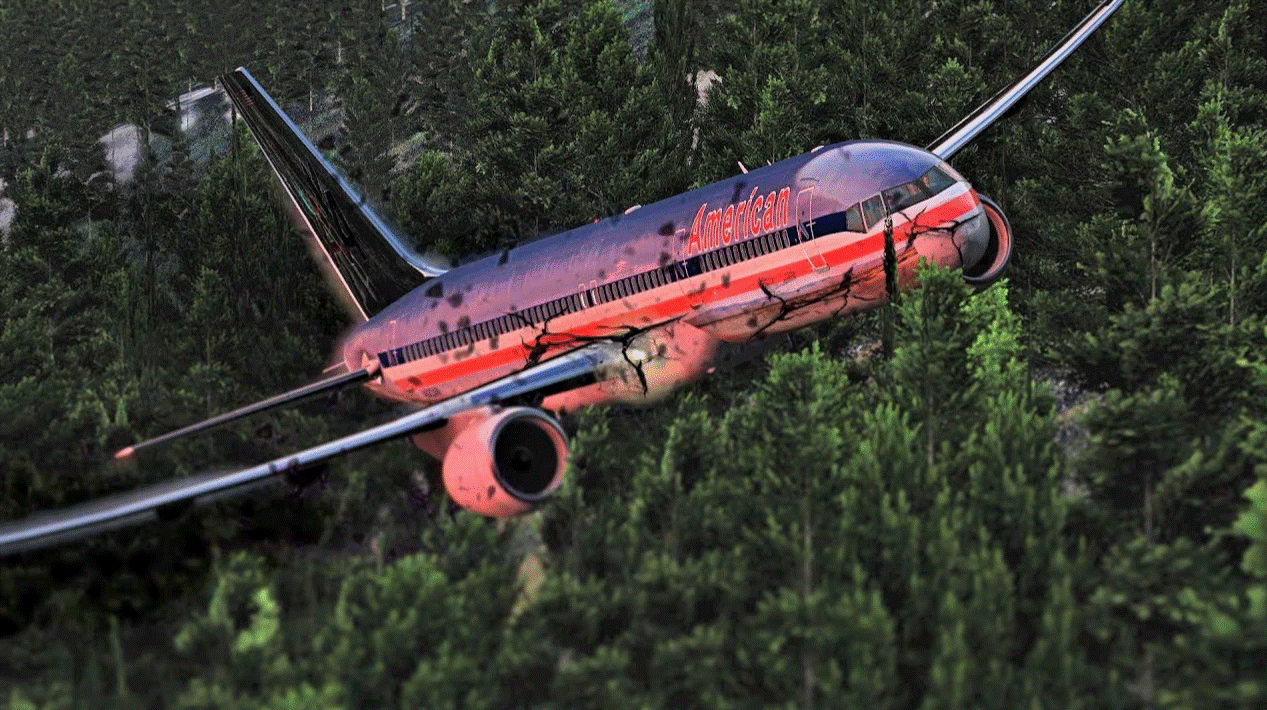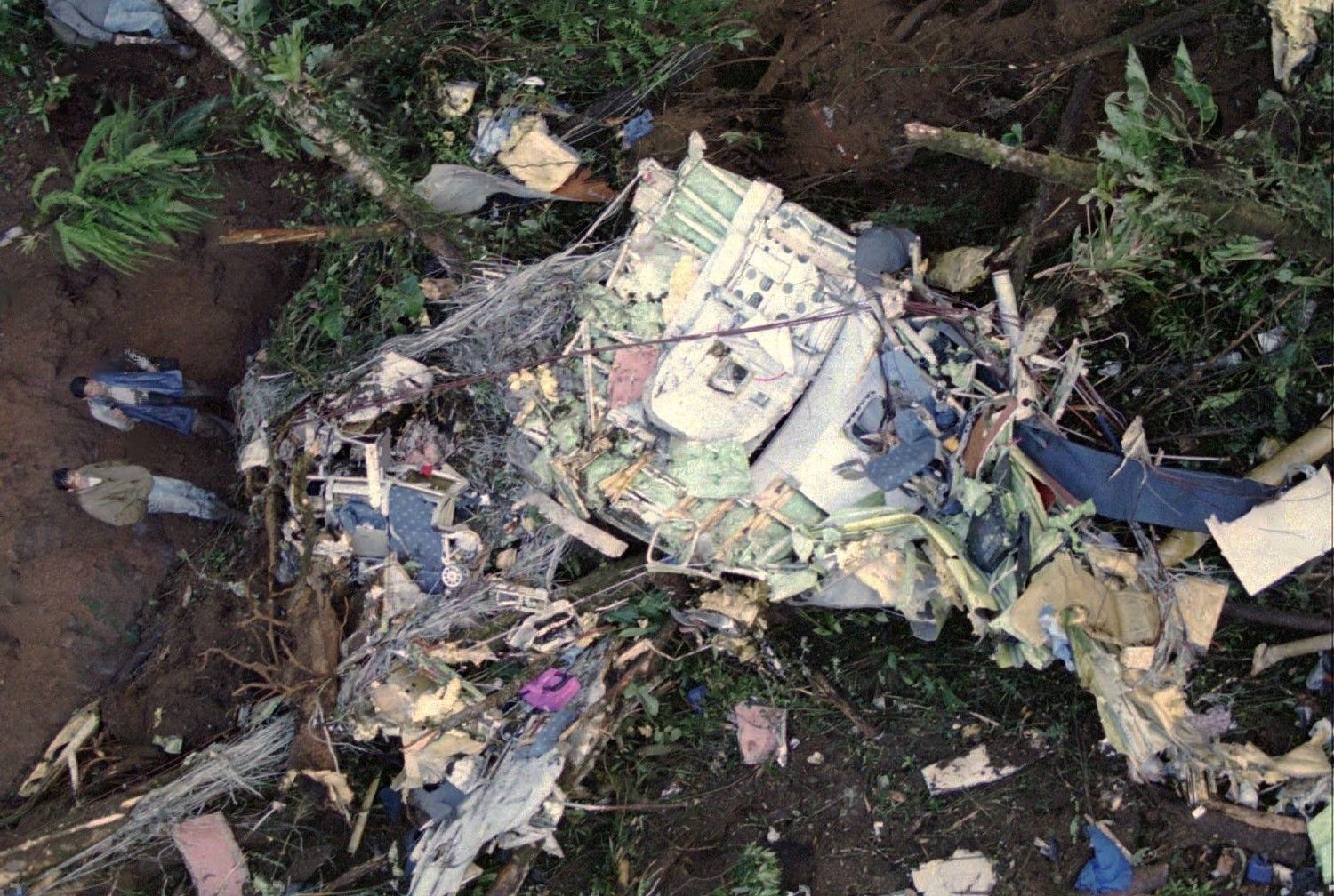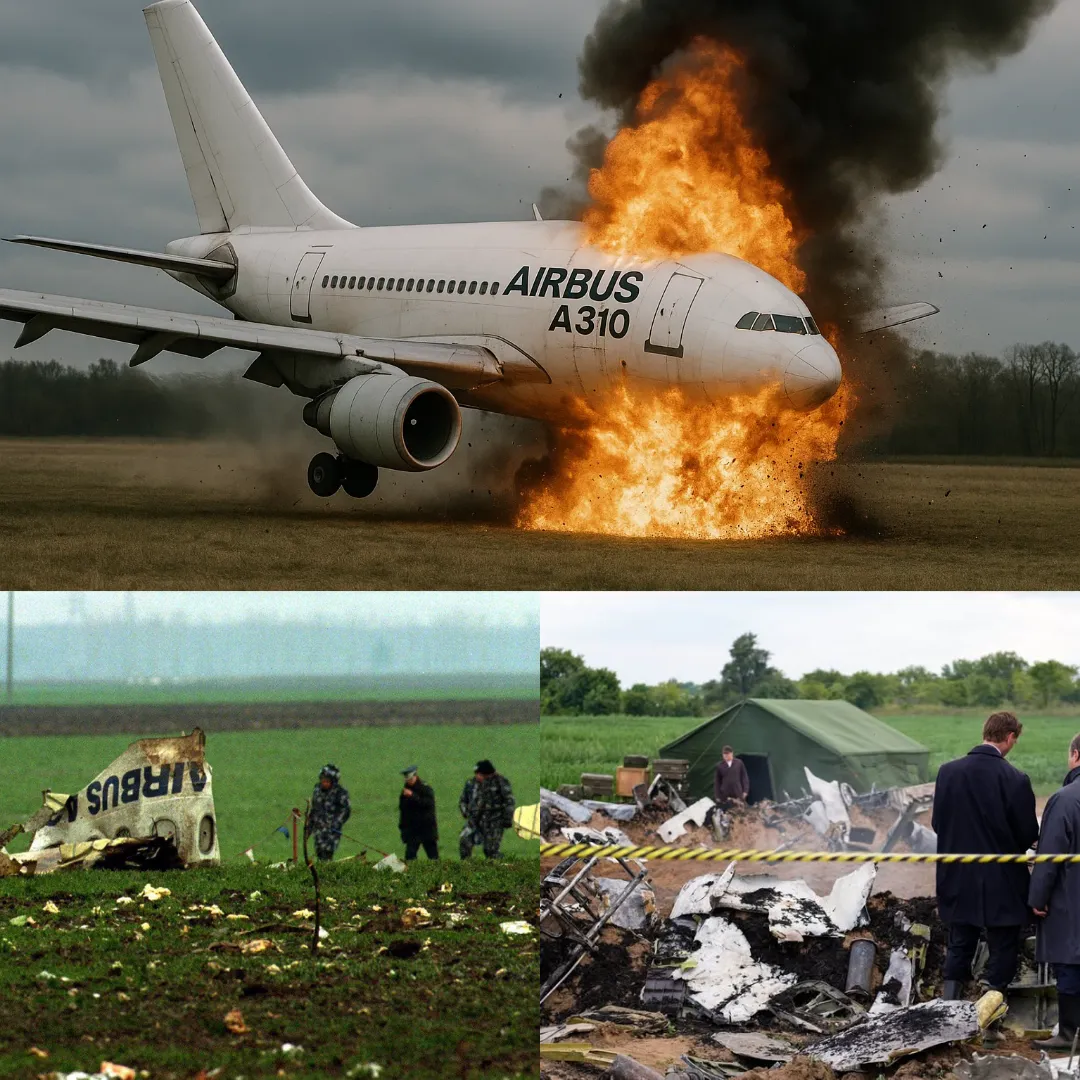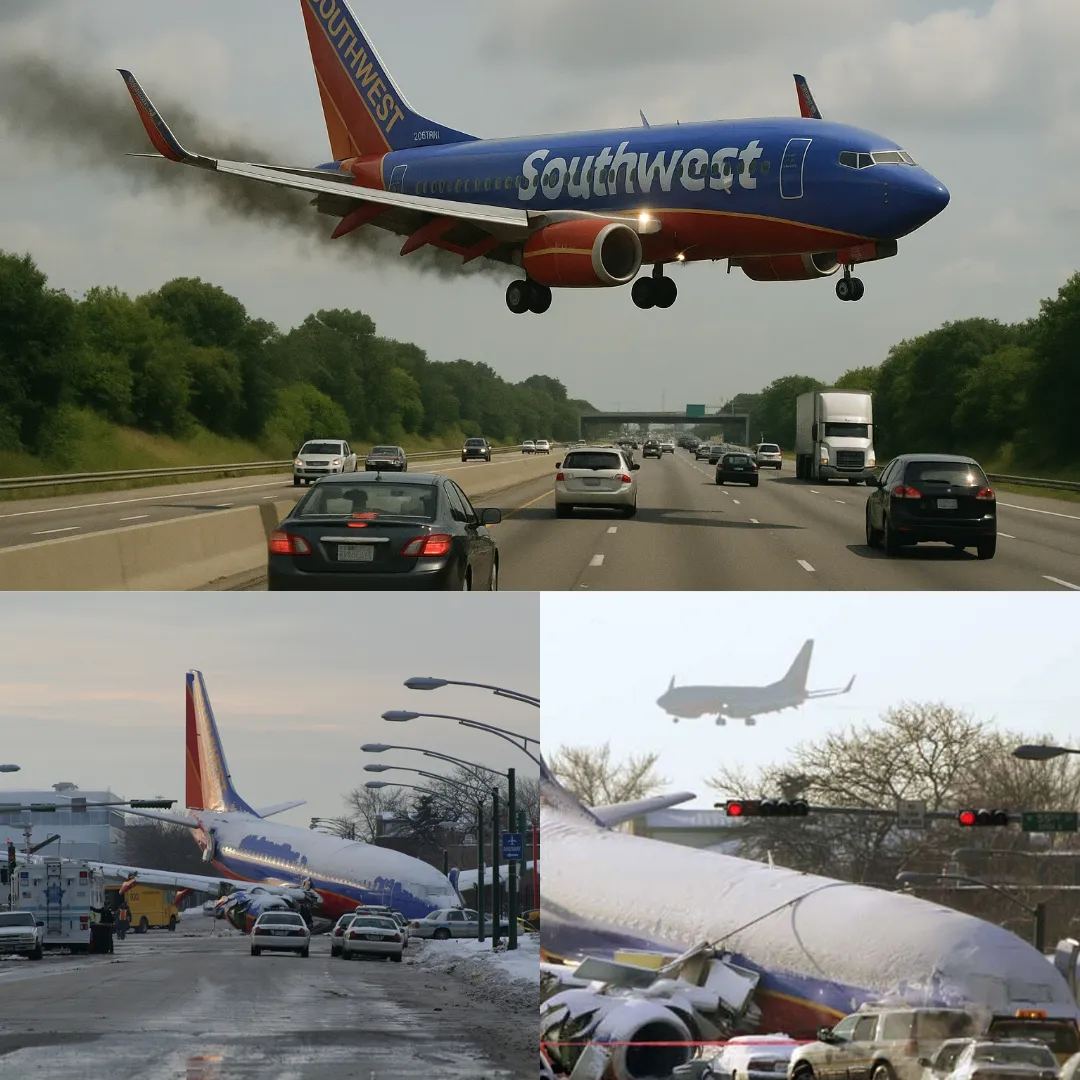
In the final days before Christmas 1995, American Airlines Flight 965 left Miami bound for Cali, Colombia, carrying 155 passengers and eight crew—most of them families and children, some of whom were seeing their parents’ homeland for the first time. On board, anticipation for long-awaited reunions mingled with the anxious excitement of holiday travel, but for the pilots, the flight was defined by pressure from the very beginning.
Heavy snow across the United States had delayed their departure by two hours, and as they finally lifted off into the night, Captain Nicholas Tafuri and First Officer Don Williams were determined to make up for lost time. Both were supremely qualified: Tafuri, a 57-year-old Air Force veteran with more than 13,000 hours, and Williams, a decorated former instructor pilot with 6,000 hours to his name.
Their airline, American, was among the world’s most respected, and their Boeing 757 was packed with the most advanced technology of its era—a glass cockpit, GPS, and a digital flight management system meant to make flying safer in even the most challenging conditions.
Yet on this night, in the impenetrable darkness over the Andes mountains, it would be human psychology, not mechanical failure, that led them off course and into one of the worst aviation disasters in Latin American history.
The flight to Cali was considered a routine run for American’s best crews, but South American airspace was notoriously hazardous—mountainous terrain, poor ground infrastructure, language barriers, and outdated air traffic protocols conspired to turn even small mistakes into fatal errors.
American Airlines, recognizing these dangers, insisted on extra training for all pilots operating in the region and distributed stark warnings about pilot complacency. Still, the sheer experience of both Tafuri and Williams gave everyone confidence as the jet crossed the Caribbean and began its descent into Colombia’s treacherous Cauca Valley.

The approach would require threading between mountain ridges, flying by radio beacons instead of radar—because Cali’s radar station had been destroyed by terrorists years earlier—and following precise instructions from controllers whose English was sometimes hard to understand. Their plan was to fly south toward a navigation point called Tuluá, then Roseo, then circle around for an instrument landing on runway 01.
But as the aircraft approached Colombian airspace, the first subtle cracks appeared. When local air traffic control cleared them “to Cali via VOR, report Tuluá,” the American pilots assumed—according to U.S. phraseology—that they could proceed direct to the Cali beacon, skipping the required waypoints. This misunderstanding was rooted in a cultural and procedural mismatch that would soon cascade out of control.
Eager to save time, and under increasing self-imposed pressure, the pilots accepted a last-minute runway change, switching to a more direct approach to runway 19. It seemed like a harmless shortcut, but the workload instantly skyrocketed: they needed to pull new approach charts, program their navigation system, and descend quickly—all at night, in unfamiliar terrain, and without radar guidance.
Tafuri pressed the “direct” button on his flight management computer, plotting a straight path to Cali and erasing critical waypoints from the system. As they scrambled to meet the new approach, the pilots missed subtle warnings—the controller continued to ask for their position relative to Tuluá, but by then, the waypoint had been deleted from their route, and they had lost track of their exact location.
Their intense focus on programming the computer blinded them to the fact that the valley below was narrowing, with mountains rising up on either side, shrouded in the pitch-black Colombian night.
The Boeing 757’s sophisticated automation, intended as a safety net, became a trap. When Tafuri tried to program a new waypoint, “ROSO,” into the flight management system, he selected the wrong fix—one labeled “ROMEO,” over 200 kilometers away in the opposite direction.
The cockpit display even previewed the aircraft’s new course—a sharp left turn—but neither pilot noticed, both engrossed in their paperwork and checklists. Within moments, the jet began veering east, away from the safety of the valley and into mountainous oblivion.
When Williams finally looked up and realized something was wrong, it was too late. In a desperate attempt to recover, they tried to re-program the navigation system for Tuluá, but by then, the aircraft had already crossed the beacon, now flying low and fast into an uncharted valley.
Chaos ruled the cockpit as confusion mounted. The pilots vacillated between left and right turns, debating whether to go back to Tuluá or continue toward the airport. Each command entered into the flight management computer only deepened their disorientation.
Below, the darkened Andes rose inexorably toward them; above, the instrument displays offered no help, stripped of meaningful reference points. At 10,000 feet and still descending at 2,700 feet per minute, the 757 was plunging toward terrain its crew could not see, guided only by the magenta line of a navigation system they had stopped understanding.
Then came the final, chilling warning. The ground proximity alarm blared—“PULL UP”—as the airplane screamed toward the side of a mountain. Williams instantly shoved the throttles forward, disconnecting the autopilot and wrenching the nose skyward. For a few heart-stopping seconds, the aircraft clawed for altitude, stick shaker vibrating, engines roaring. “Up, baby!” Tafuri yelled as the jet fought for its life.

But the climb was too late, and one fatal oversight remained—the speed brakes, deployed earlier to slow their descent, had never been retracted, fatally limiting the jet’s ability to climb. The mountain rose faster than the plane could escape. In a sickening impact, the Boeing 757 tore through trees on El Deluvio ridge, exploded, and disintegrated, its wreckage flung across the mountaintop. Of 163 people aboard, only five survived; one died soon after reaching the hospital.
Rescue teams took hours to find the crash site. In the aftermath, the world demanded answers. Investigators pored over the cockpit voice recorder and flight data, laying bare the tragic chain of events: a misheard instruction, a programming slip, a culture of over-trusting the computer, and a steady, deadly tunnel vision brought on by time pressure.
The final report was a searing indictment of human factors—crew fatigue, loss of situational awareness, fixation on tasks, failure to cross-check instruments, and an overreliance on cockpit automation. Ironically, the same systems meant to protect the crew—advanced navigation, automation, and warning systems—conspired with psychological stress to destroy them.
Yet this tragedy was not in vain. American 965 triggered sweeping changes across global aviation. The crash made clear that automation, while powerful, was no substitute for basic airmanship and situational awareness. Training standards for pilots were overhauled worldwide to emphasize “appropriate use of automation”—not blind reliance on it, but an active, questioning approach.
Enhanced ground proximity warning systems, capable of predicting terrain ahead and not just below, were mandated on all large airliners, and standardized phraseology between controllers and pilots was reinforced to prevent cultural misunderstandings. Procedures now stress the critical need to climb to a safe altitude whenever pilots are uncertain of their position, and to immediately retract speed brakes during terrain escape maneuvers.
For the families waiting in Cali that Christmas, the reforms came too late. But every traveler flying over mountains today—guided by pilots who are trained to challenge, cross-check, and never blindly trust their machines—owes a silent debt to the hard lessons of American 965. In the end, this crash proved that even the most advanced aircraft in the hands of the best crews can fall prey to the most human of errors. It is a reminder that the skies remain unforgiving, and that aviation’s greatest breakthroughs are often paid for, painfully, in blood.




